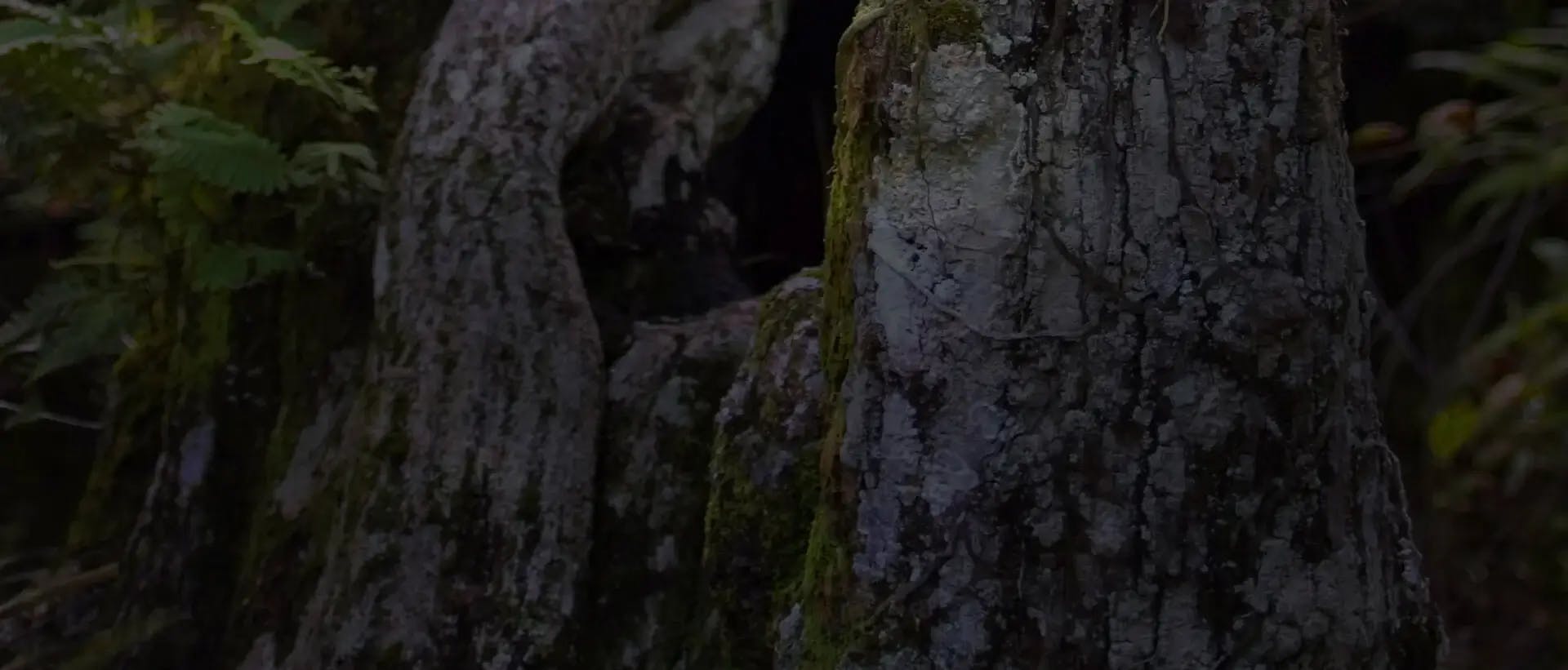Overview
Caespitose, trailing or pendent epiphytes. Stems (ramicauls) concealed by funnel-shaped sheaths with ciliate margins and ribs (lepanthiform). Leaves one per stem, sessile or petiolate. Inflorescences terminal racemes, rarely one-flowered, sessile or long-pedunculate, the floral bracts minute, often appressed to the lower leaf surface. Flowers highly variable, often translucent. Sepals often fused, petals free, spreading, sepals and petals usually dissimilar. Lip unlobed or three-lobed, minutely auriculate, articulate to the column foot, sometimes highly mobile, variously ornamented. Column arching or straight, with a foot, sometimes with wings, the clinandrium often hooded; pollinia 2, on minute caudicles.









